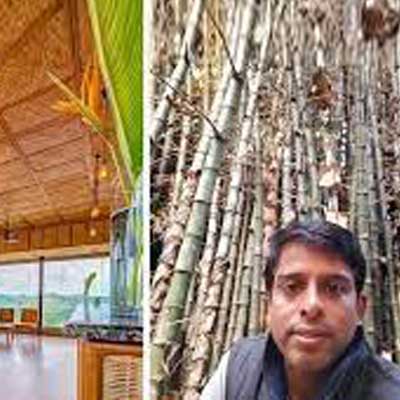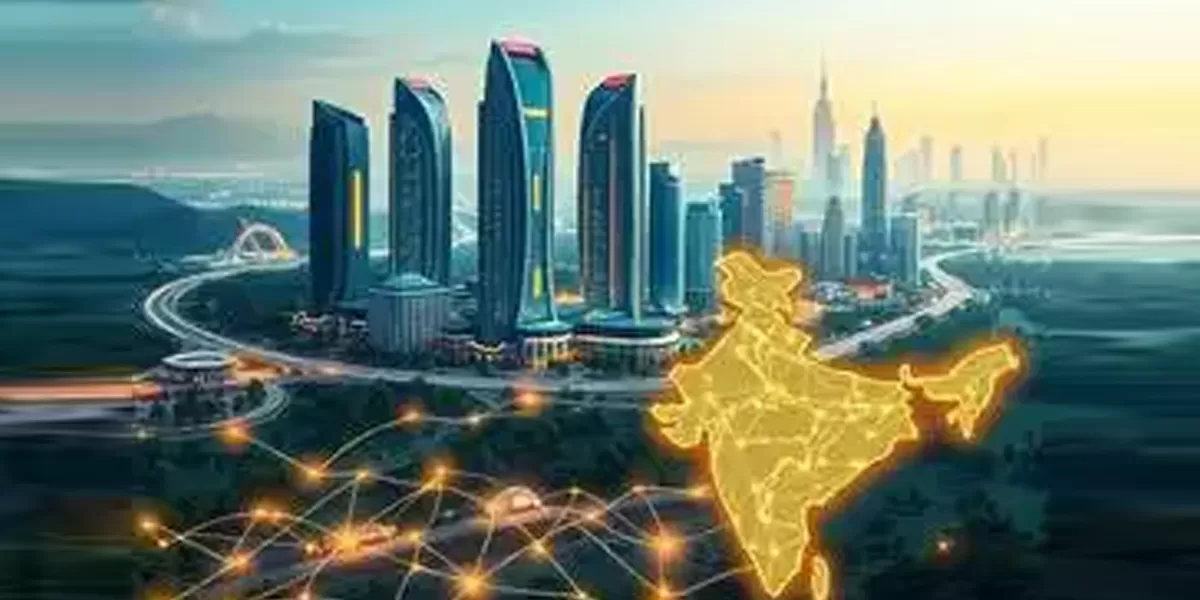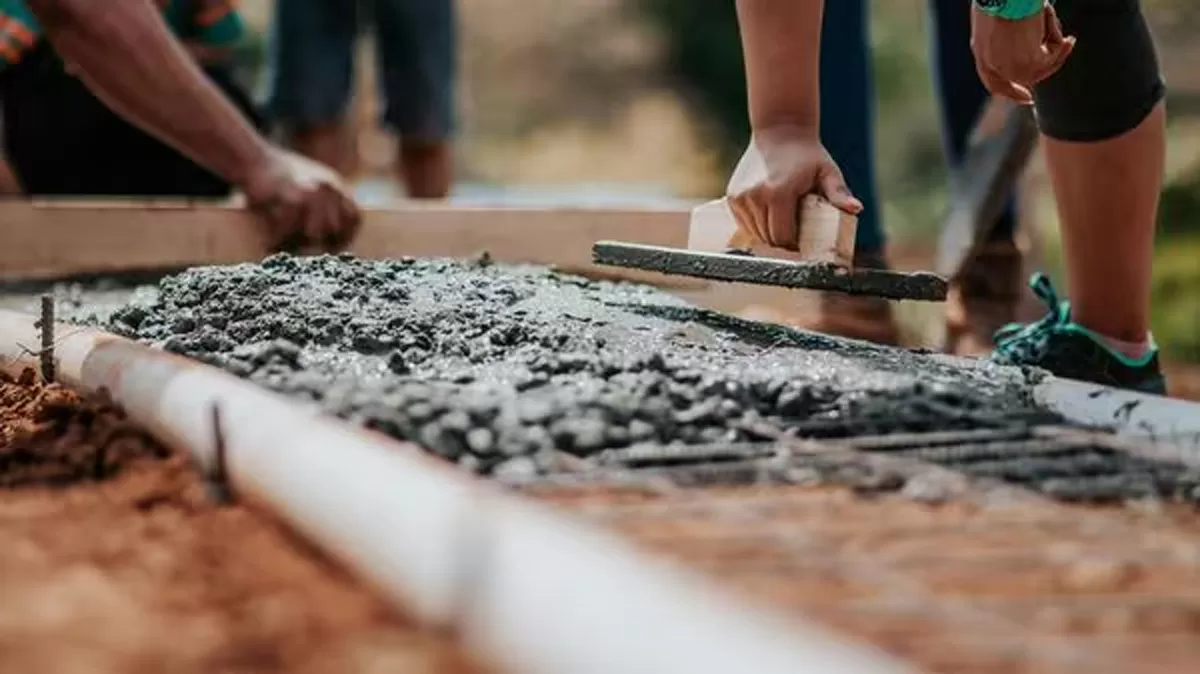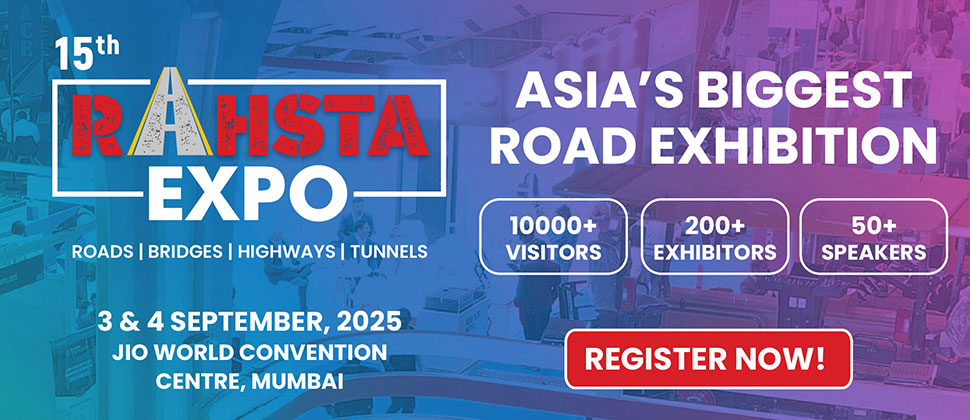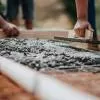It was a conference that inspired Parameswaran Krishna Iyer to pursue his dream of becoming a bamboo advocate in India. A young Parameswaran worked as the caretaker of an apartment in Thiruvananthapuram, Kerala, in 1998, for a pittance. A local businessman once asked him to get a few hanging lamps to match the ‘jungle' theme of a conference he was hosting at the Kovalam beach. However, after a brief search, he discovered that no store in the city sold bamboo furniture. He then came upon an ongoing Onam show where one of the stalls was dedicated to bamboo items, all of which were handcrafted by a single talented artisan known only by his first name.
There, Parameswaran discovered the ideal bamboo lamp and asked Stephen, a member of a tribal tribe specialising in bamboo crafts, to manufacture 30 of them right away.
Stephen complied, and the lights were such a hit that after the conference, there was a fist battle among the attendees for them. The organiser pleaded with Parameswaran to purchase 25 additional lamps for the Indian guests who had travelled from all over the country.
The experience made Parameswaran reflect. “I looked up bamboo items on Yahoo and discovered that there was a lot of demand but little supply for bamboo items. That's when I started to look into the bamboo industry more seriously,” he adds. However, money was difficult to come by, and after a few years, Parameswaran went to the stock exchanges, where he worked a variety of odd jobs until relocating to Bengaluru and working as a relationship manager for a brokerage business.
“Throughout the years, I kept my idea alive, but it wasn't until 2009 that I finally found investors among my stock market colleagues. Susanth CS, the National Institute of Design's Head of Bamboo Initiative, was my mentor (NID). I took Stephen to Bengaluru after being inspired by him and another NID professor. I rented a tiny office space, built a little bamboo unit, and registered the name Bamboopecker,” recalls the 42-year-old.
They were soon inundated with orders, firstly for furniture, interior design items, and antiquities, but subsequently for building projects—resorts, pavilions, farmhouses, and more—for both private and public organisations across India.
Making use of the ‘vegetable steel’
They constructed their own factory in Bengaluru in 2015, using only bamboo, mud, and other traditional building materials, which was later utilised as a demonstration. “People frequently inquire about the financial and business elements of bamboo building. Even now, we are unable to meet the large volume of requests without spending any money on marketing or advertising. Profits are a bonus or a by-product for me,” he adds, noting that his profit margins of up to 30% are re-invested.
He claims that bamboo is the most underutilised of all natural construction materials, despite the fact that it grows abundantly throughout India. Bamboopecker treats it correctly with Boric Borax (Boron) solution, a non-toxic mild salt that neutralises sugar components and keeps pests away. “Because of its fibrous structure, bamboo has the same tensile strength as mild steel, which is why it's nicknamed vegetable steel.
The trick is to harvest the poles at the appropriate time and use the proper treatment procedures. To maximise development, it's also important to plant the correct species in the correct areas. Bamboo, once treated, will last for at least 20 years,” he claims. He recalls being asked to replace the bamboo poles of a palanquin at the Sree Padmanabhaswamy Temple in Kerala, only to discover that the previous one had been in use for 150 years.
For the same reason, bamboo—a less expensive alternative—can be used in place of steel in pillars, beams, ceilings, and rafters, especially in environmentally sensitive areas. “Bamboo construction suits earthquake-prone areas because the poles do not break like concrete or bend like metal,” says one architect. After the hit, they revert to their previous form. I've also looked at low-cost building projects using bamboo for flood-prone locations, since if tied properly, the entire home will float in the case of a natural disaster, incurring minimal damage,” he adds.
Bamboo huts and structures are now mostly utilised for temporary buildings or resorts, but Parameswaran's long-term objective is to push for their usage in permanent buildings and to replace plastic in furniture and décor.
Bamboopecker aspires to be a sustainable alternative to plastic in furniture and décor.
Although the shoots may regenerate fast, India currently lacks large-scale plantings. “The bamboo market is still a fragmented industry. The supply-to-demand ratio remains unchanged at 1:10. We're still obliged to obtain poles from all around India, and what we get is frequently not what we want, or the poles are broken along the way,” says the company.
“Labor costs are what make bamboo items and construction expensive,” adds Parameswaran. We want to lower product prices by reducing labour expenses through mechanisation and increasing output. I don't want to be restricted to a high-end market. I want to make bamboo goods more accessible to the general public.”
Bamboo utensils are available.
Dining chairs, folding deck chairs, benches, stools, and rocking chairs are among Bamboopecker's handcrafted items, with prices ranging from Rs 1,500 to Rs 25,000. Construction prices range from Rs 50,000 to Rs 50 lakhs, depending on labour and supplies.
Bamboopecker's goods are all created by hand.
Bamboopecker purchased a 1.5-acre plot of land in Hoskote, near Bengaluru, last year to build a larger plant using natural materials. Parameswaran currently organises bamboo seminars and training sessions on the site with his business partner Suman Roddam and his crew, frequently at the request of various environmental organisations.
In the midst of it all, Stephen, the original artisan, was forced to return to Kerala since the chilly environment in Bengaluru was too much for him.
“When it comes to good bamboo marketing, India is still in the early phases. We must invent new goods, modernise existing ones, and bring bamboo into the mainstream. “However, during these COVID times, I would urge everyone to plant at least one bamboo seedling near their homes,” says Parameswaran, who adds that bamboo generates 35% more oxygen than any other plant, according to scientific evidence. Let's start there.”
